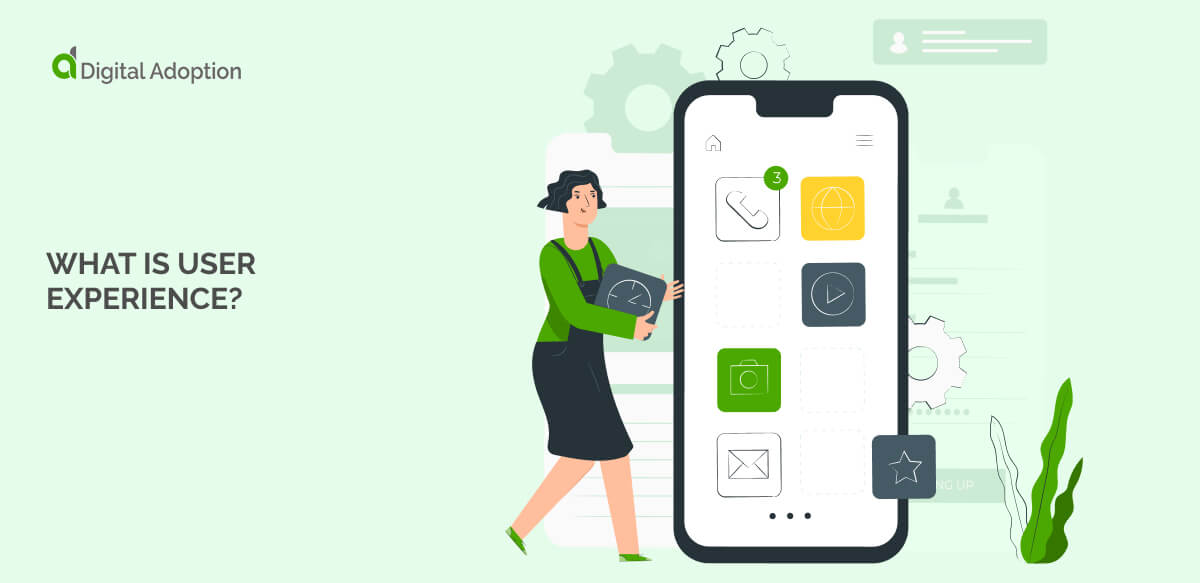User experience use cases
User experience (UX) plays a crucial role in shaping customers’ interactions with a business, product, or service.
When properly designed, a positive UX can boost customer satisfaction, increase loyalty, and enhance business outcomes.
Below are three examples of how good UX manifests in different business scenarios across various industries.
E-commerce
Scenario: A customer navigates an online clothing store, looking for a specific pair of shoes.
Method: The website uses an intuitive search bar, filters based on size, color, and style, and offers high-quality images and detailed product descriptions. Clear calls to action guide the user to purchase or add items to their cart.
Outcome: The customer quickly finds the desired product, proceeds through a seamless checkout process, and completes the purchase. The store experiences higher conversion rates and improved customer satisfaction.
Healthcare
Scenario: A patient uses a hospital’s patient portal to schedule an appointment and access medical records.
Method: The portal is designed with simple navigation, a clear layout, and easy-to-understand language. Key functions like appointment booking, test results, and prescription refills are easy to access with minimal clicks.
Outcome: The patient successfully schedules an appointment with minimal effort, leading to improved trust in the healthcare provider and higher engagement with the portal.
Financial services
Scenario: A user logs into their mobile banking app to check their account balance and transfer funds.
Method: The app uses a clean, simple interface with easily accessible balance information and straightforward transfer options. Security features like two-factor authentication ensure the user feels safe during the transaction.
Outcome: The user completes the transaction quickly, feels confident in the app’s security, and continues to use the service regularly, resulting in increased customer retention and loyalty to the bank.

